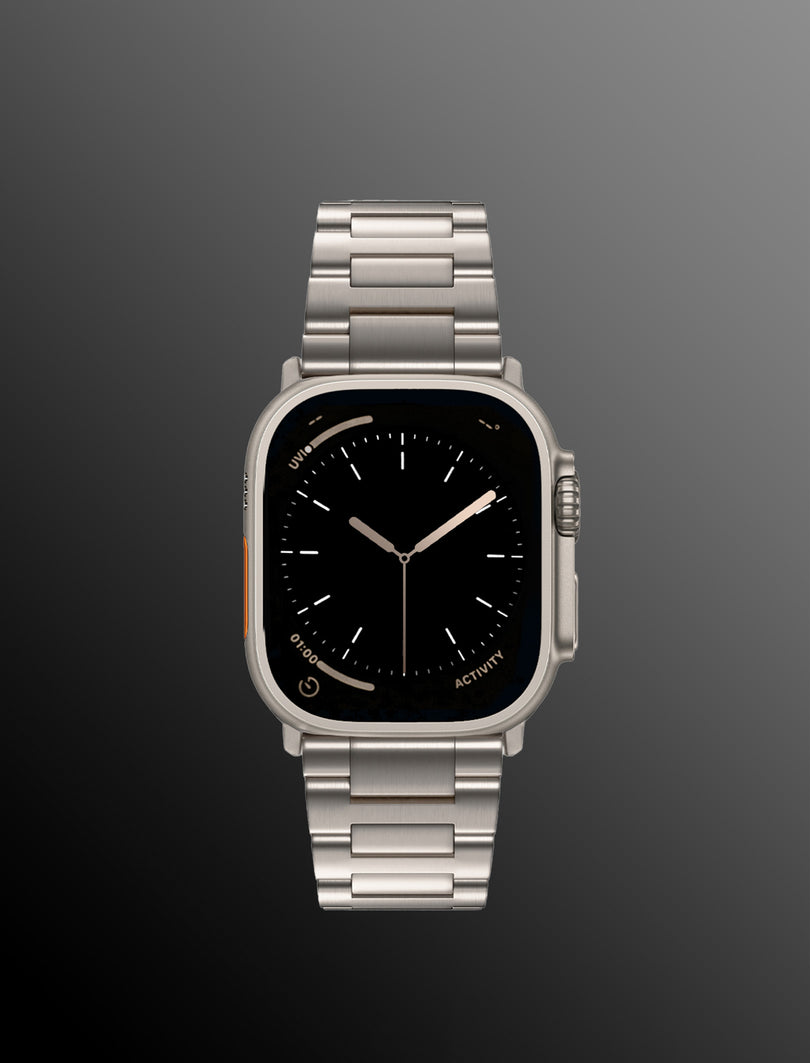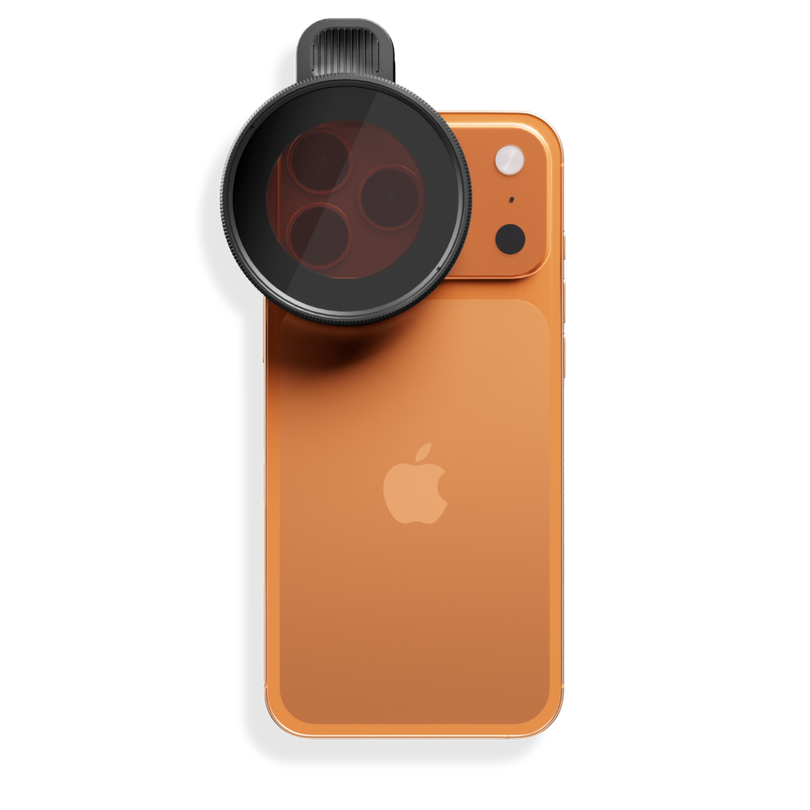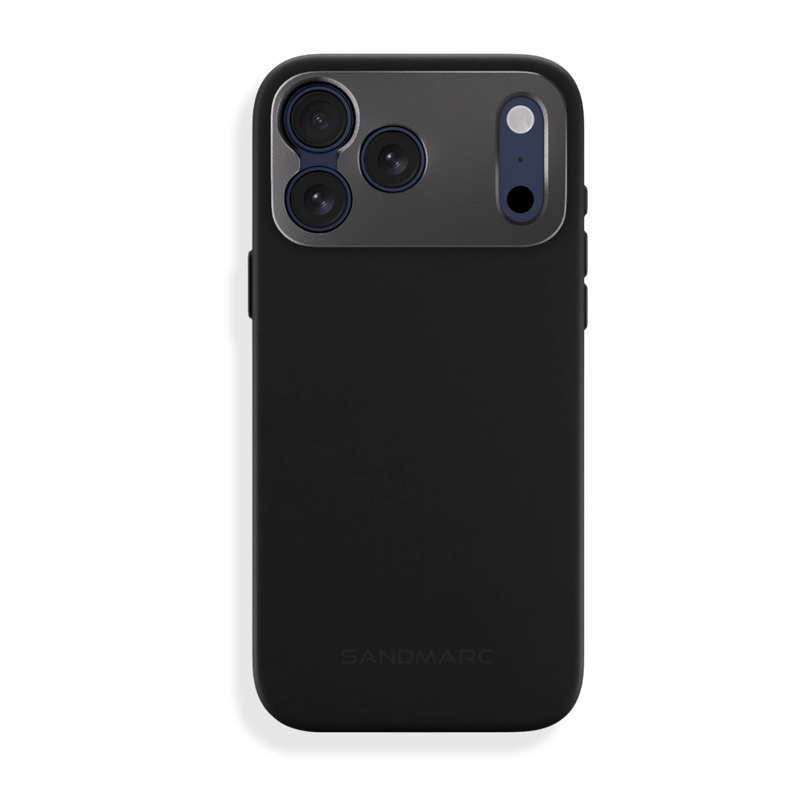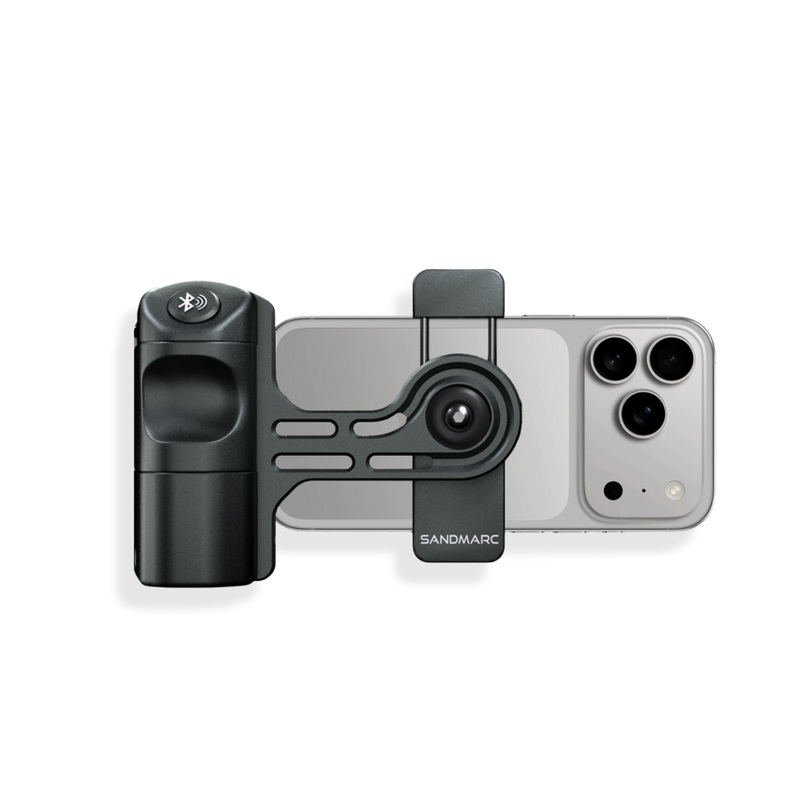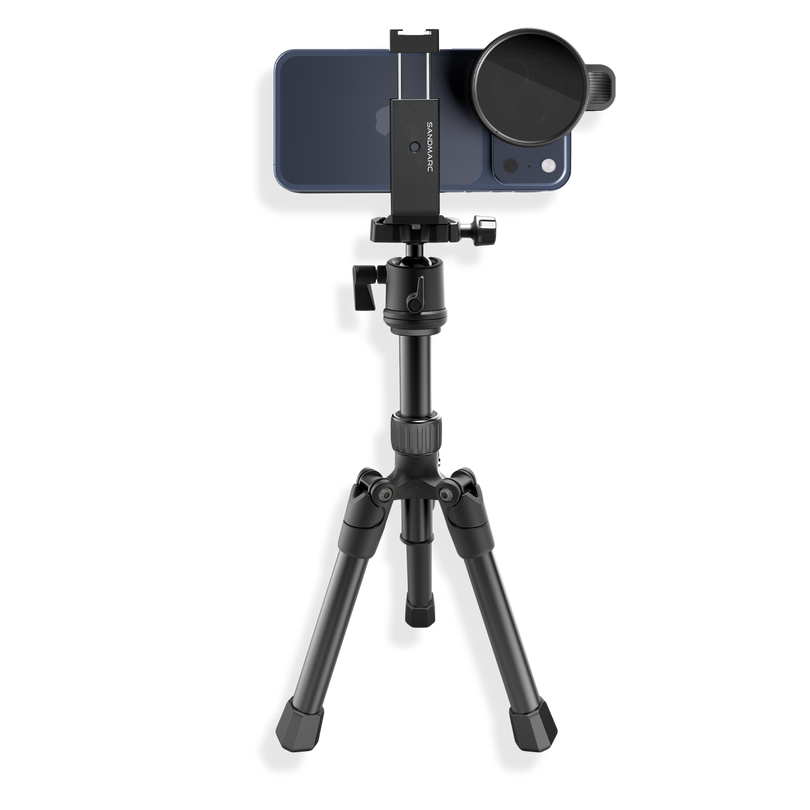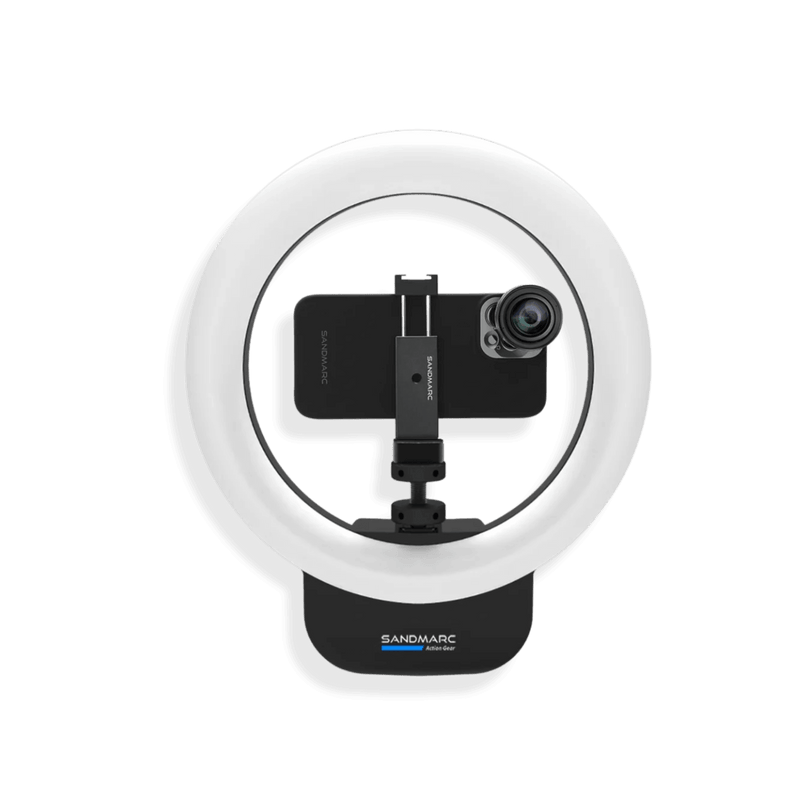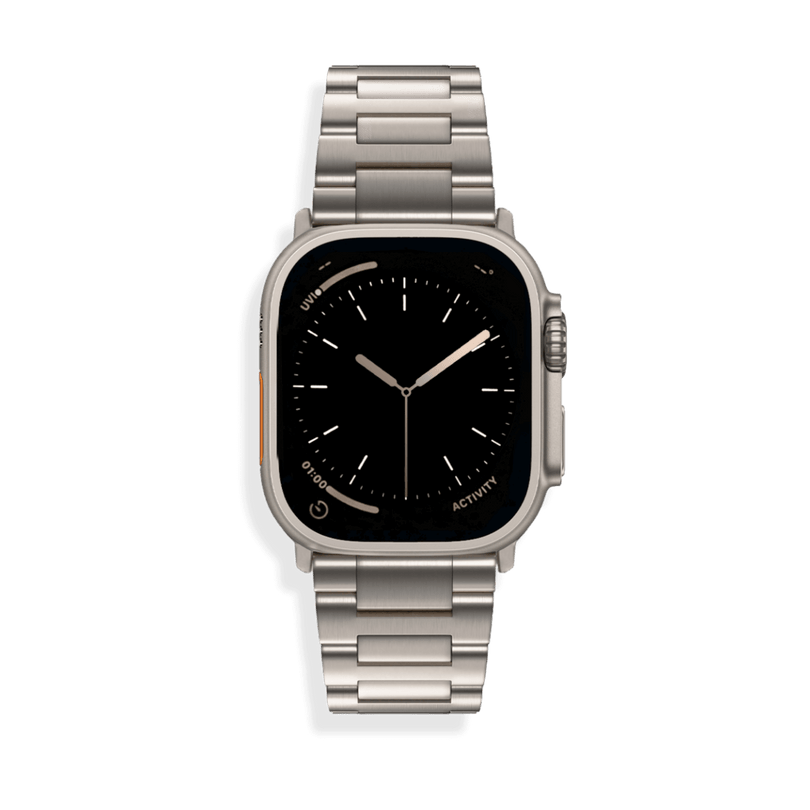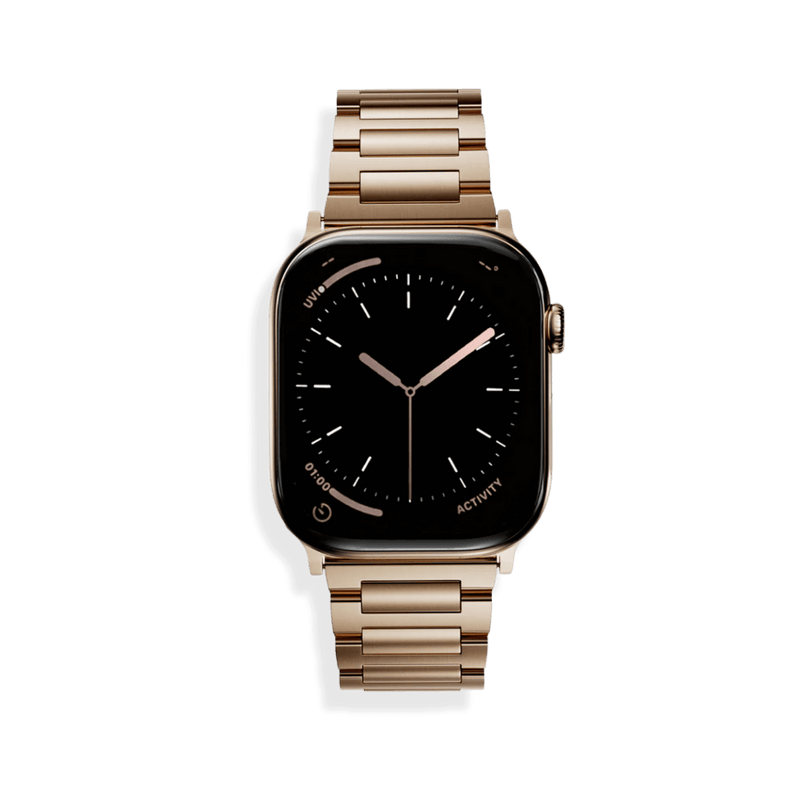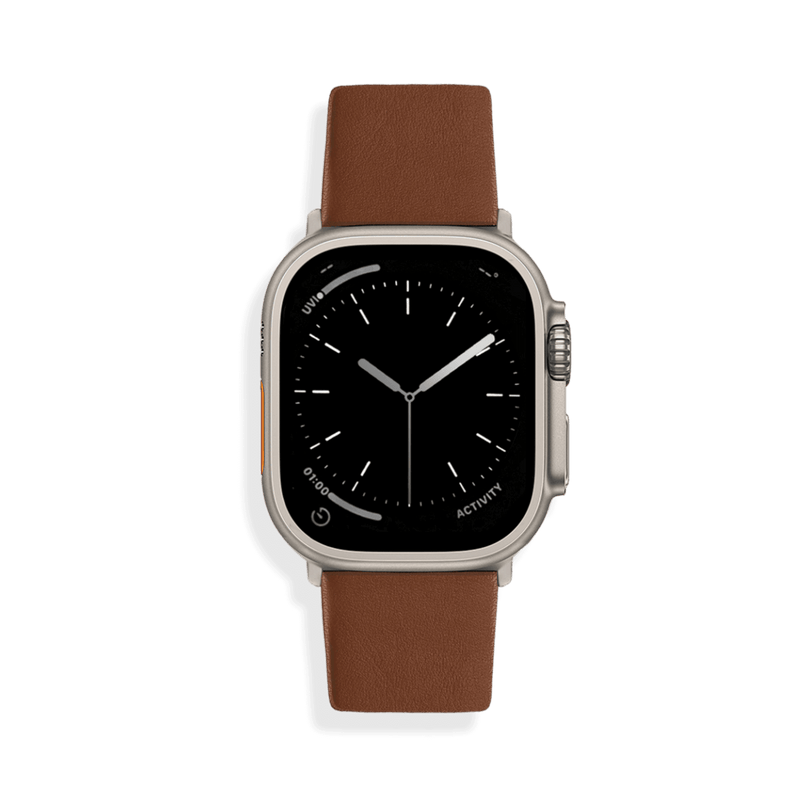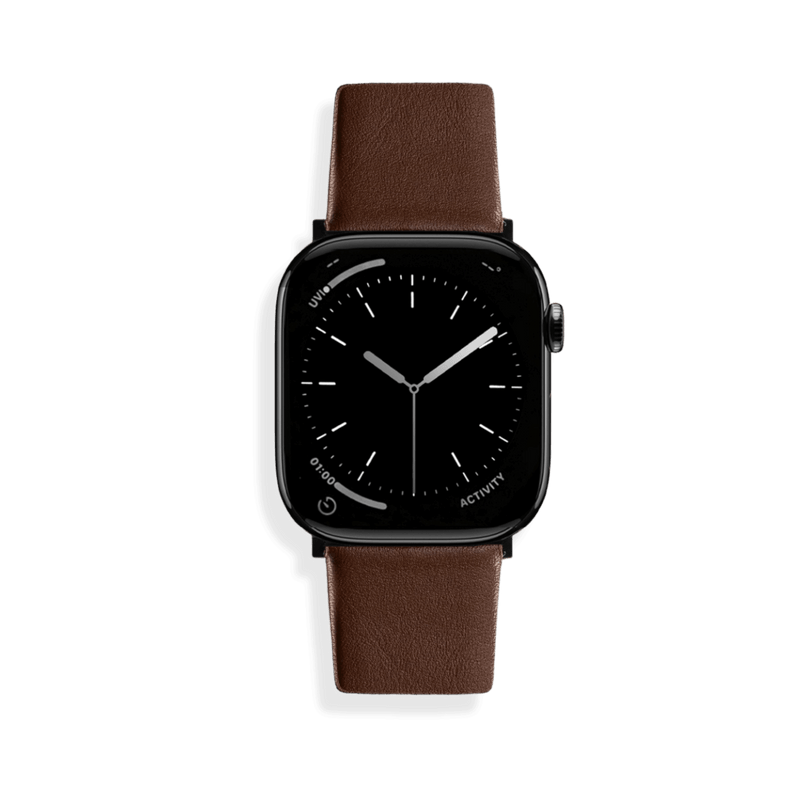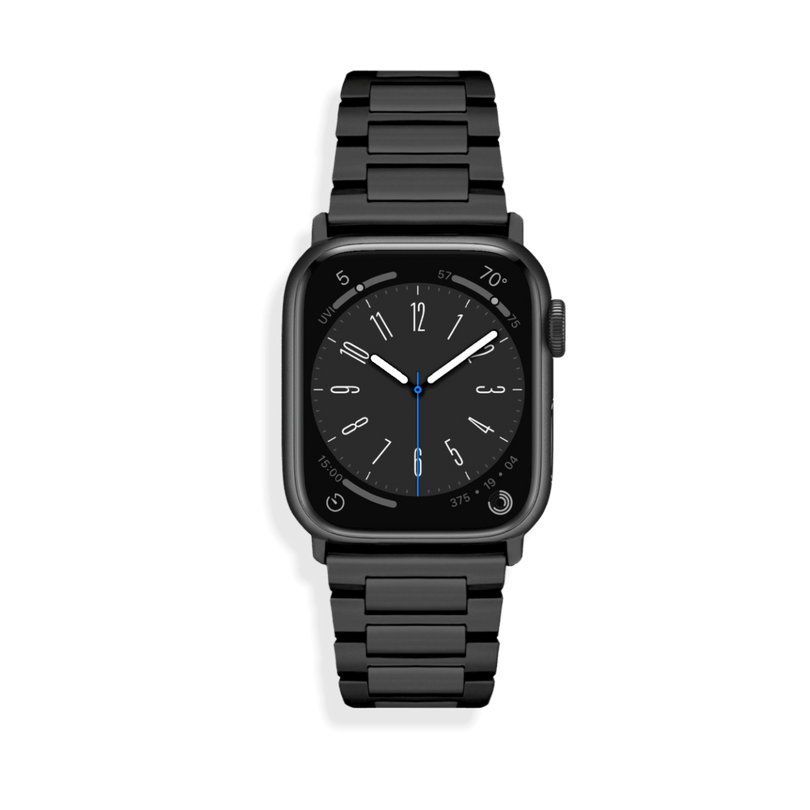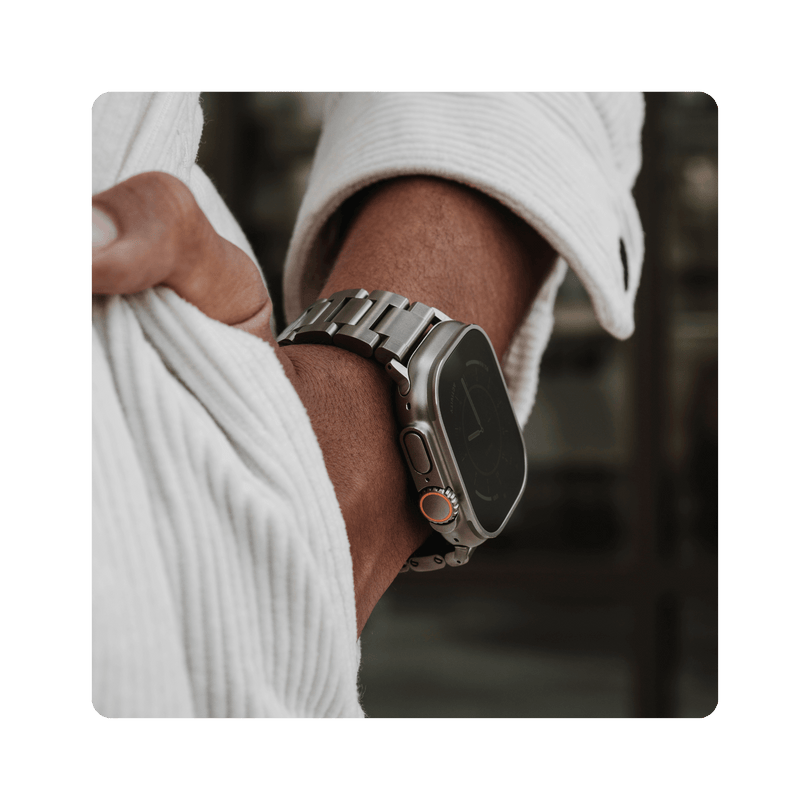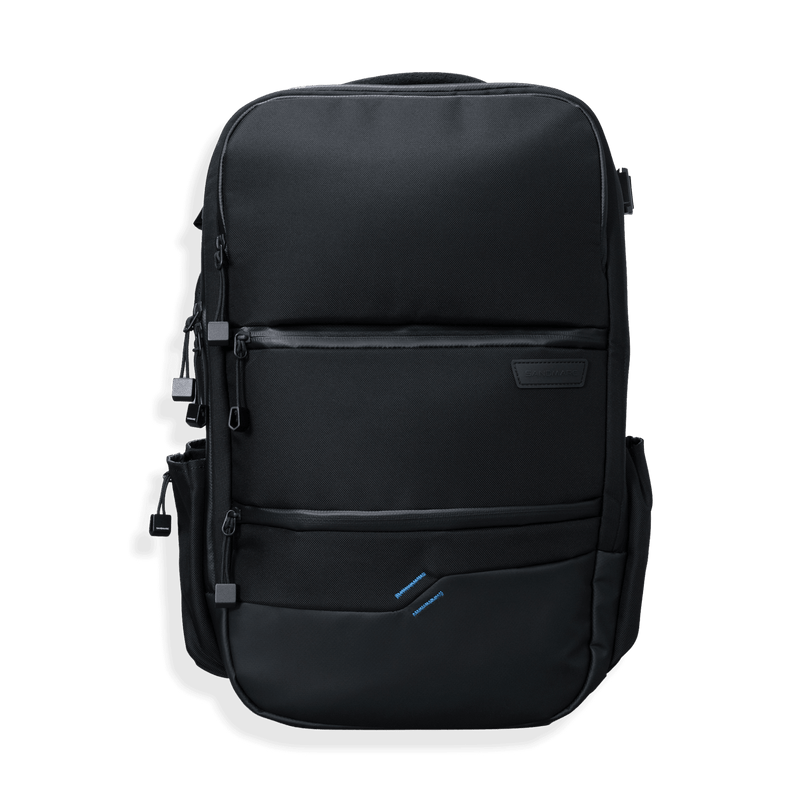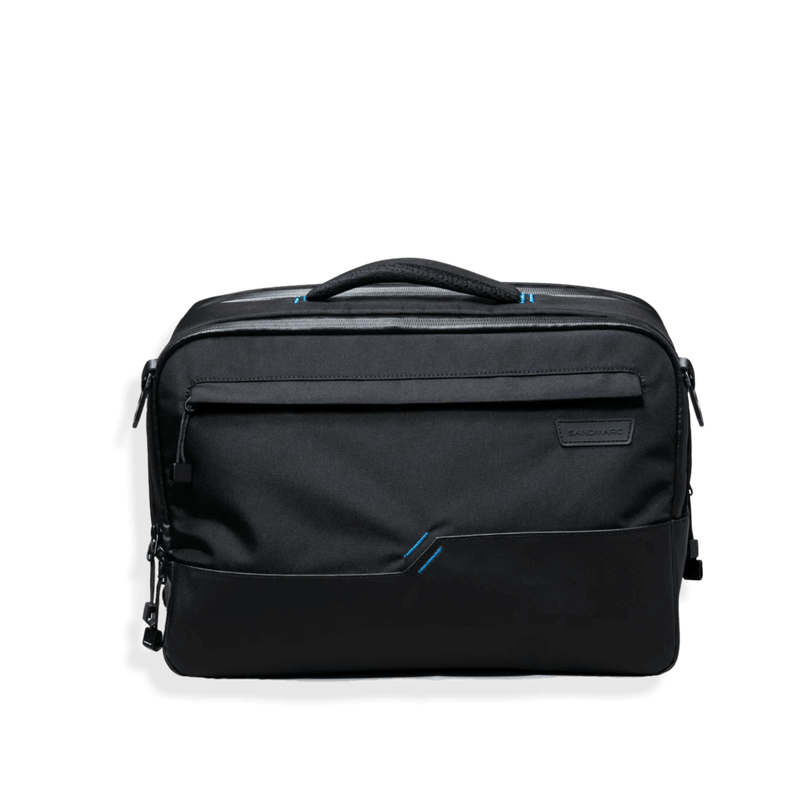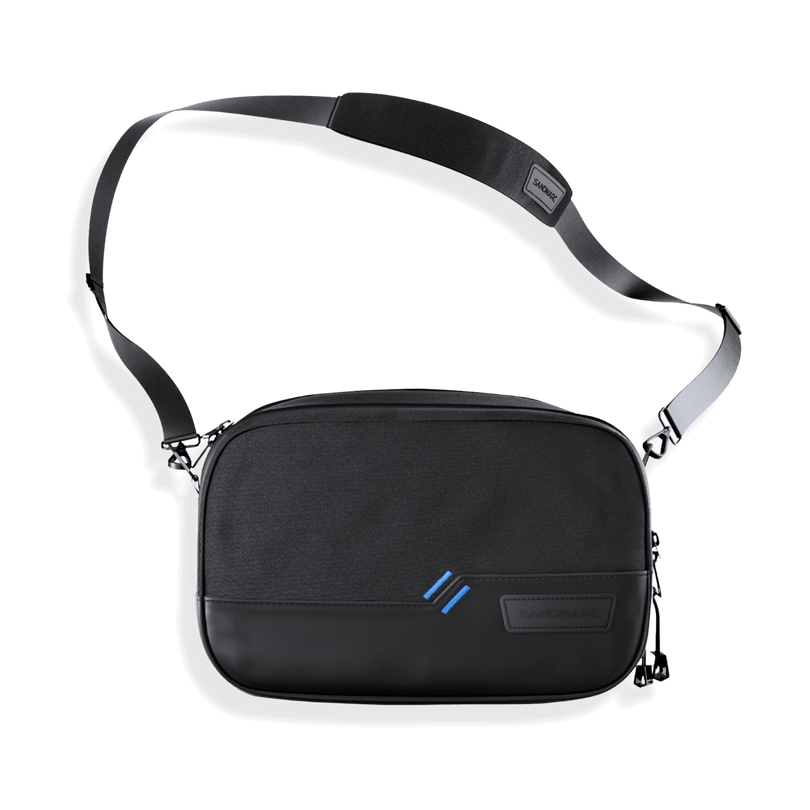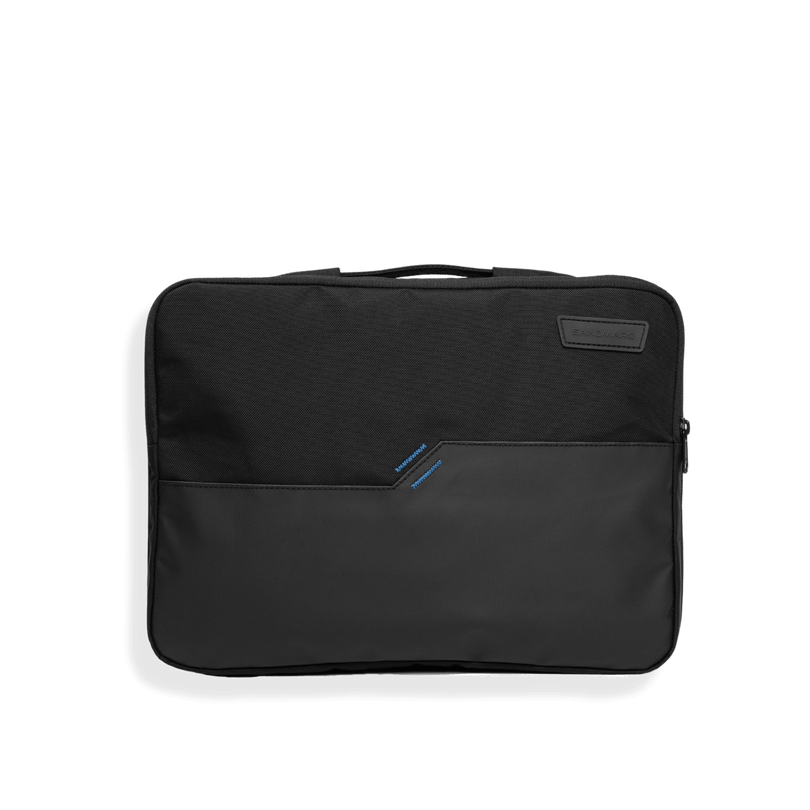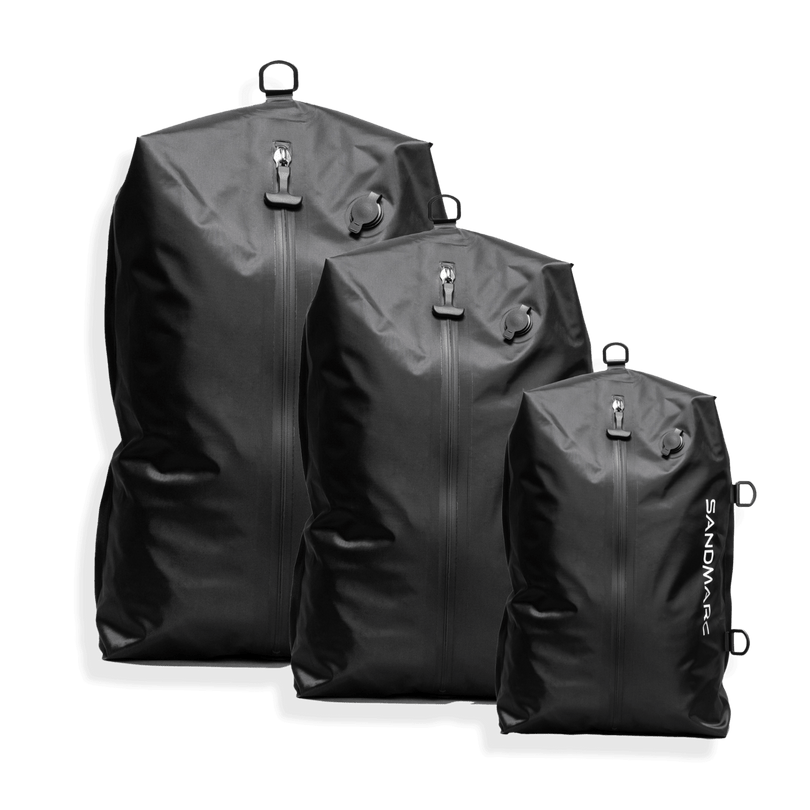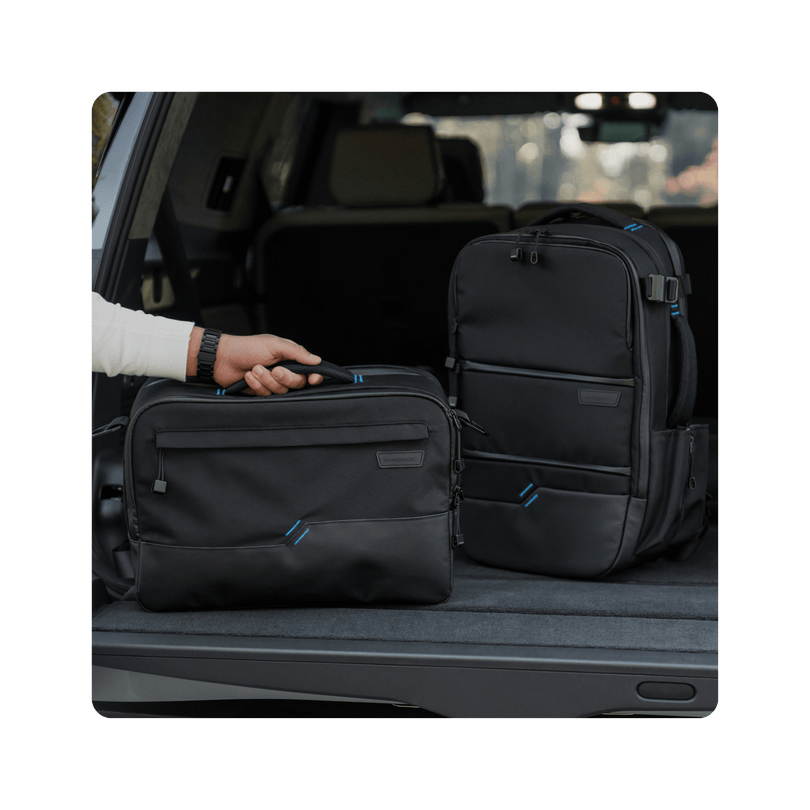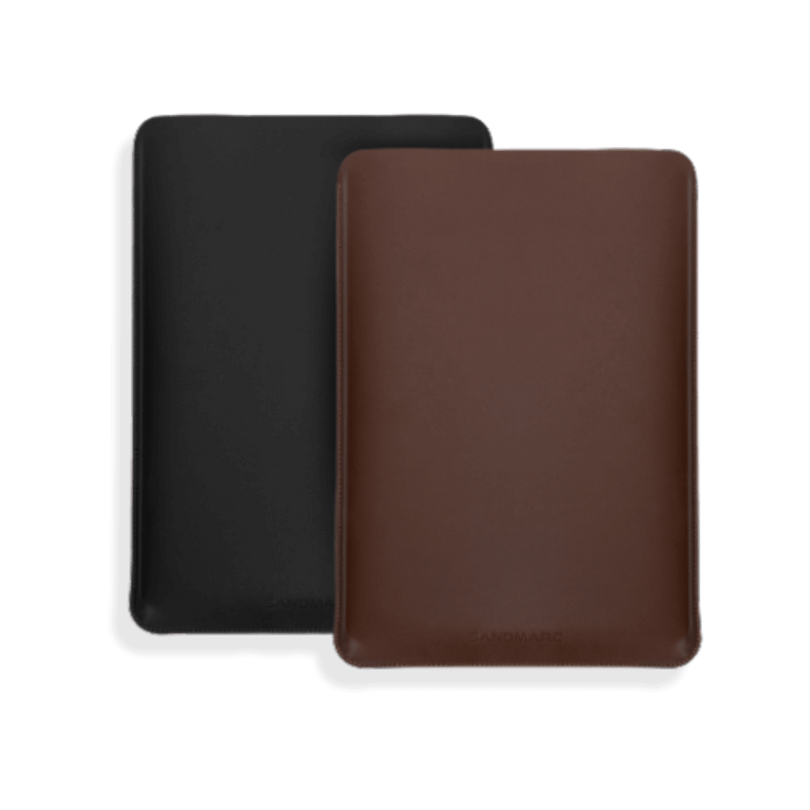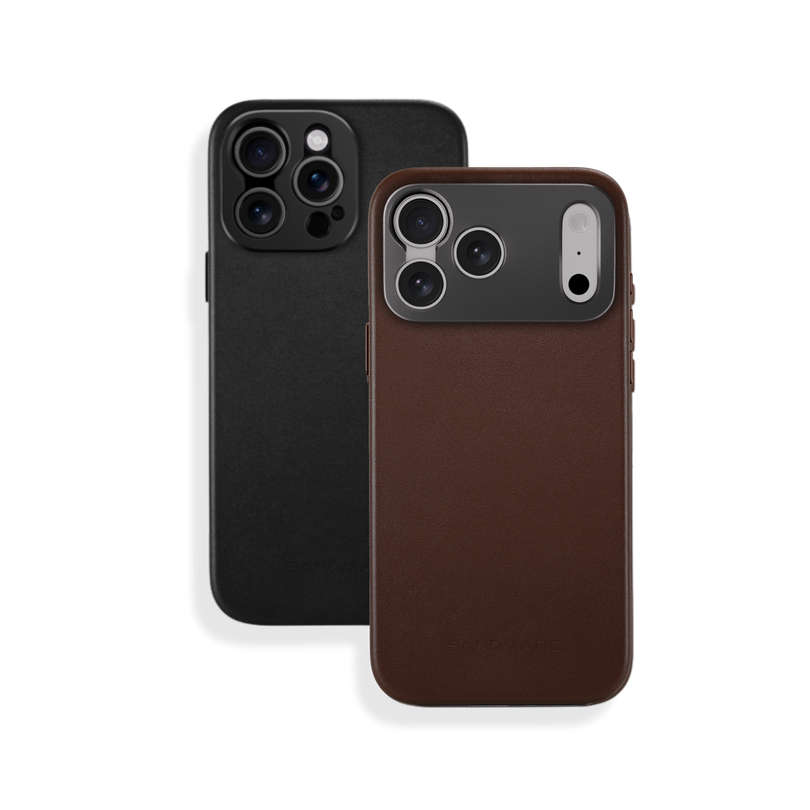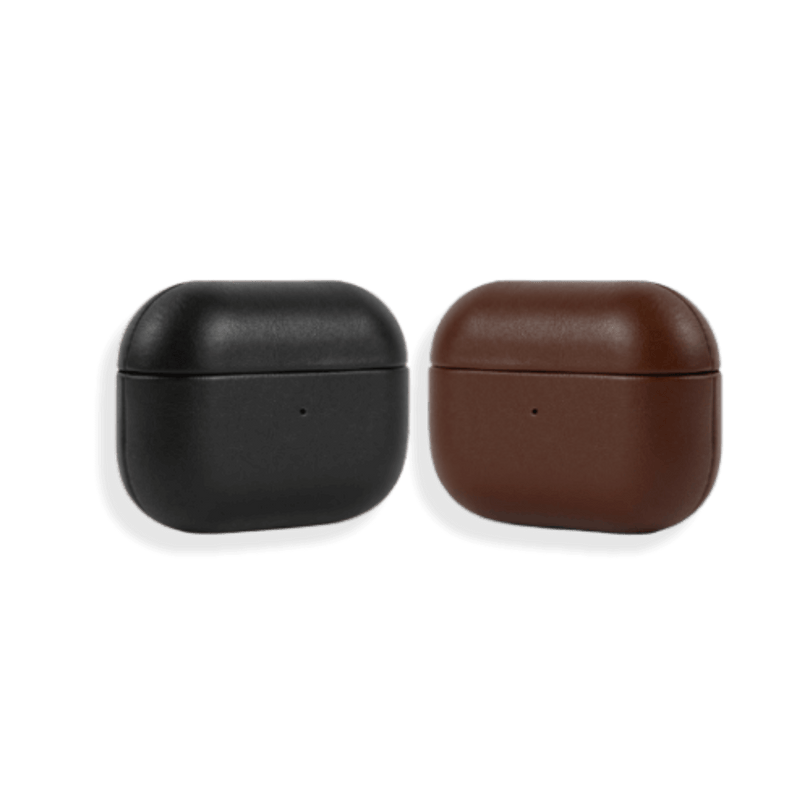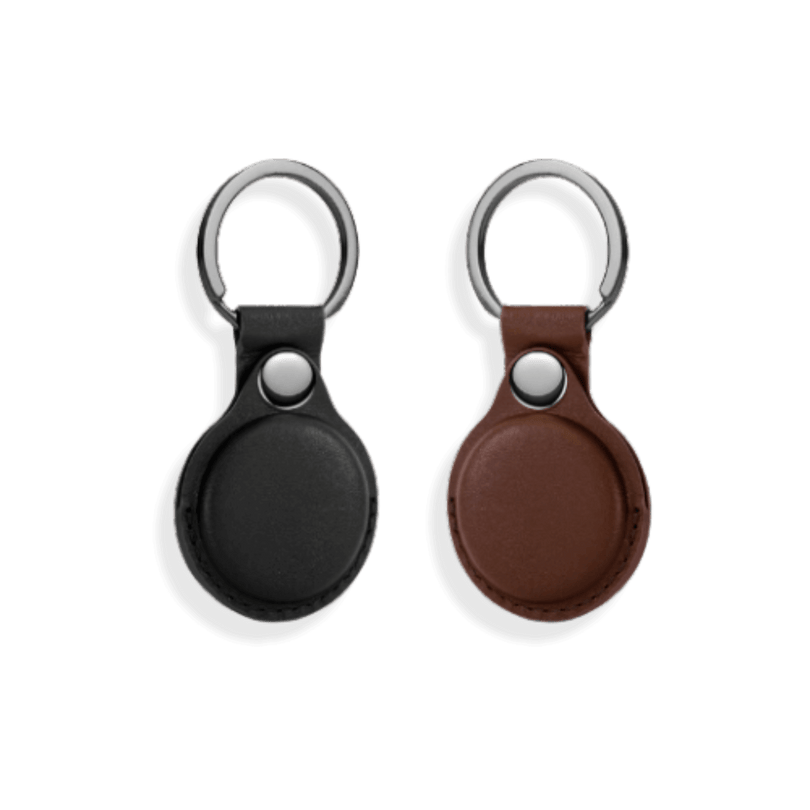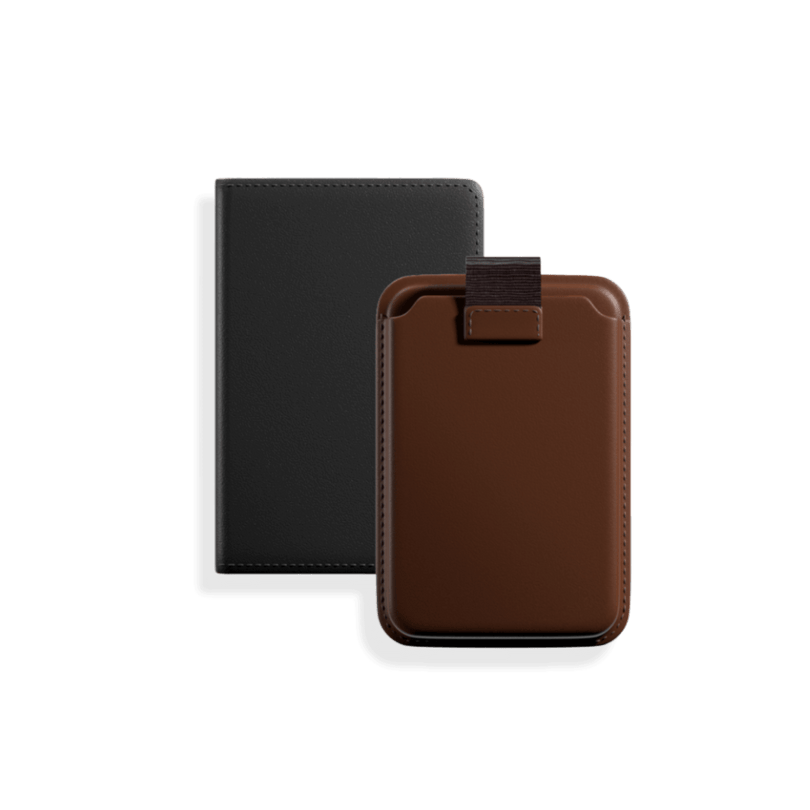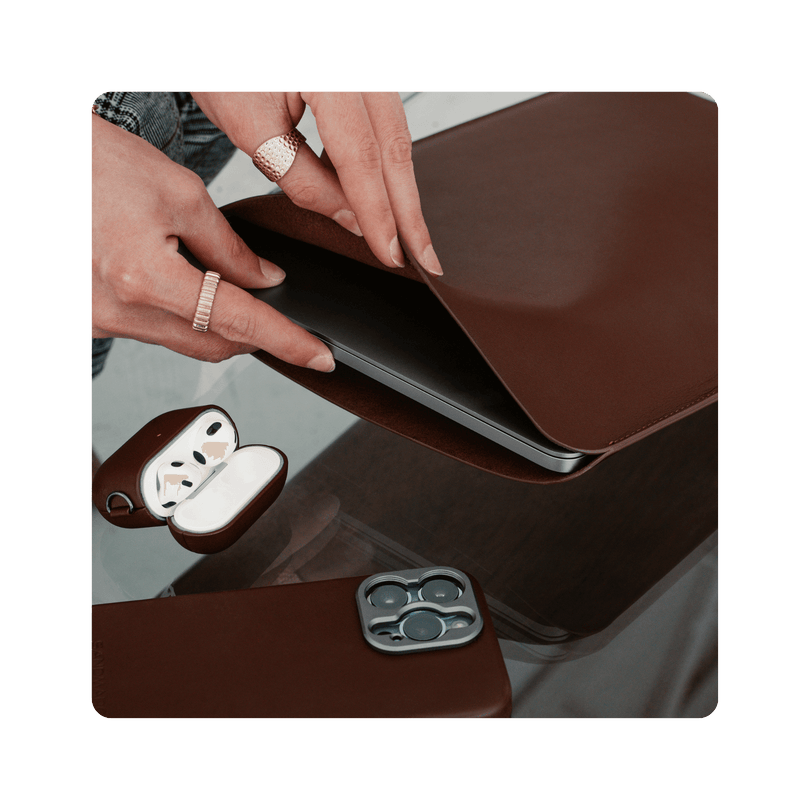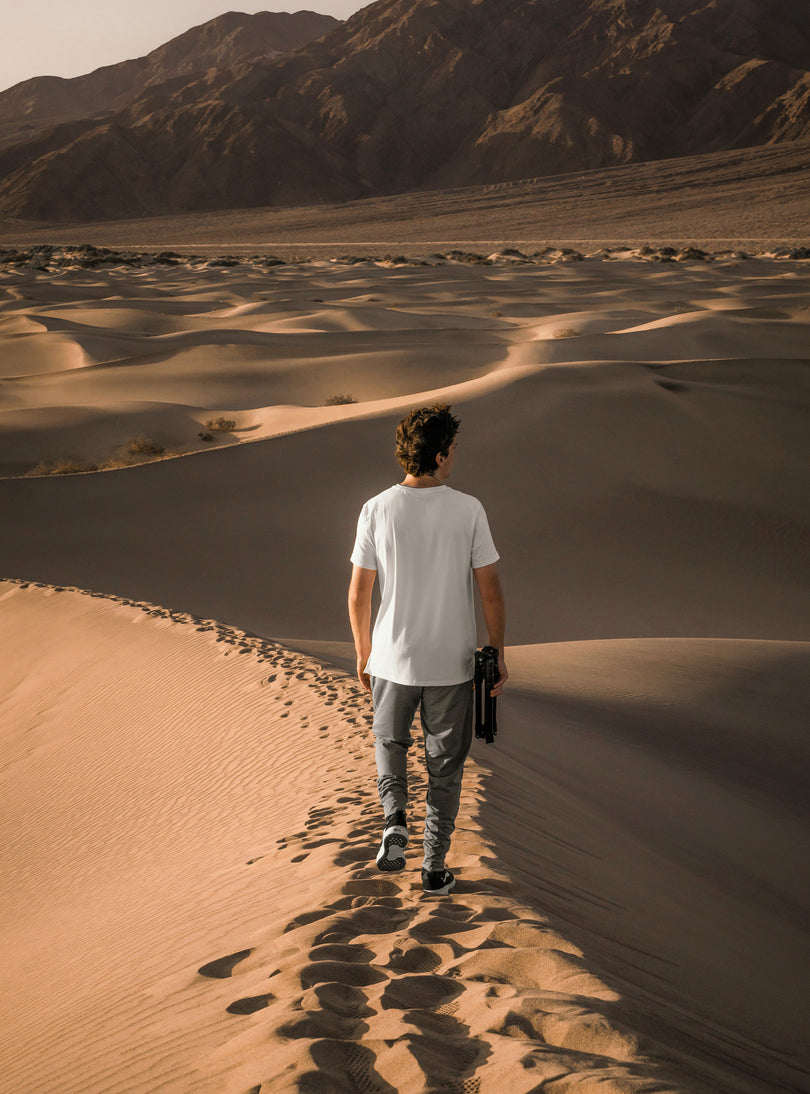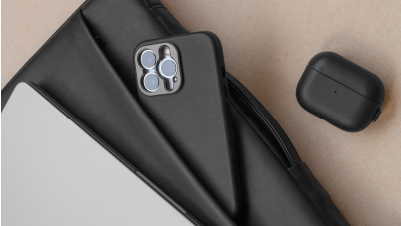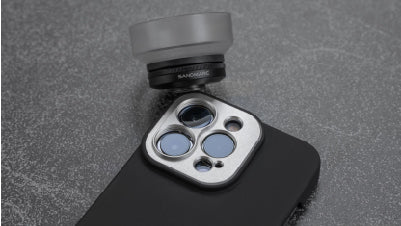Grades of Leather: Full Grain vs Top Grain vs Genuine
Your guide on all things leather
Grades of Leather: Full Grain vs Top Grain vs Genuine
Your guide on all things leather.
When it comes to real leather there's more than just one type. Here’s a run down on leather, each grade differentiates from one another according to the layer of the hide, tanning process, and any material combinations.
We’ll turn you into a leather expert in no time.
Let's explore the grades of leather together!
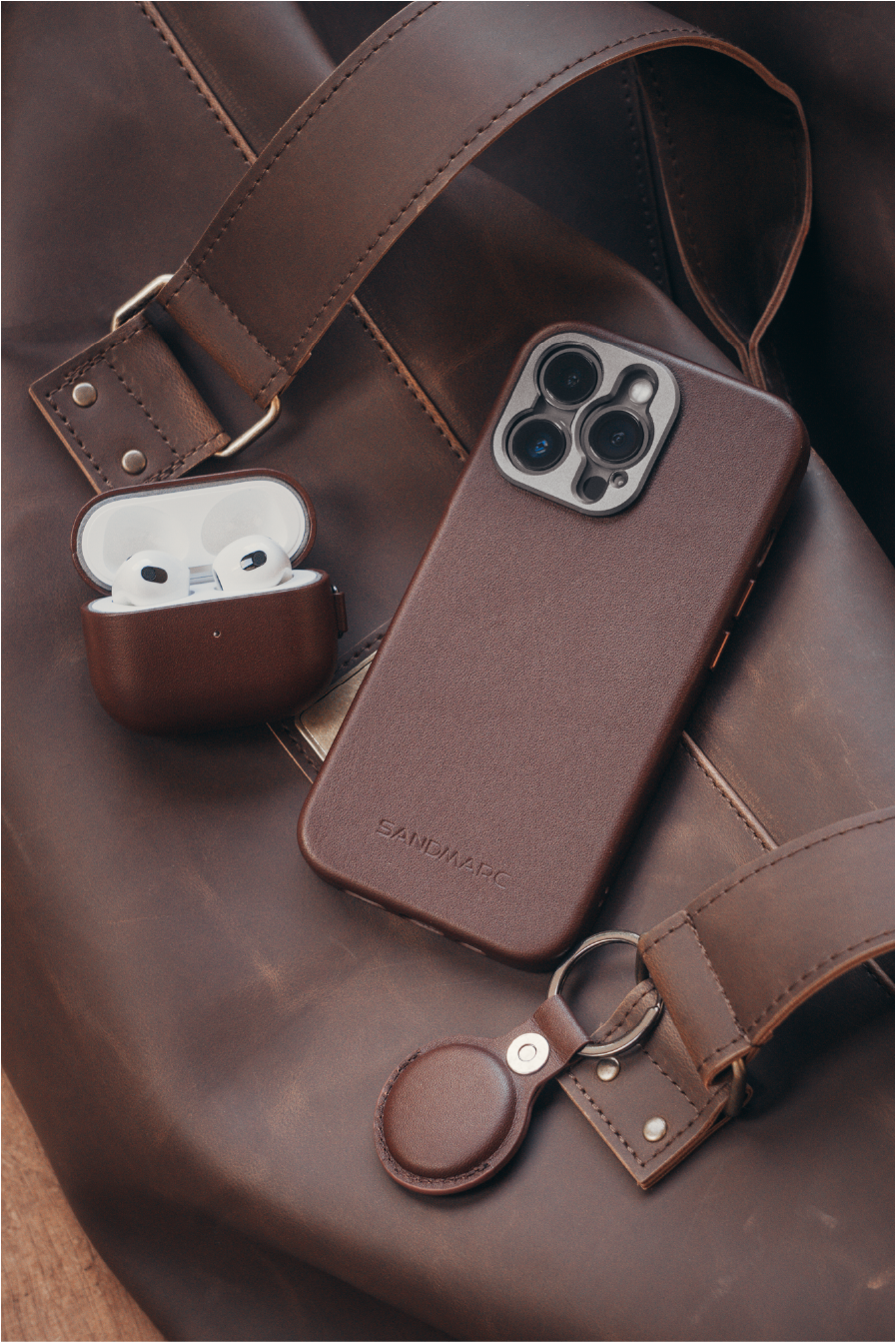
The Hide
Before giving into the good stuff, here's a visual of where each grade is located.
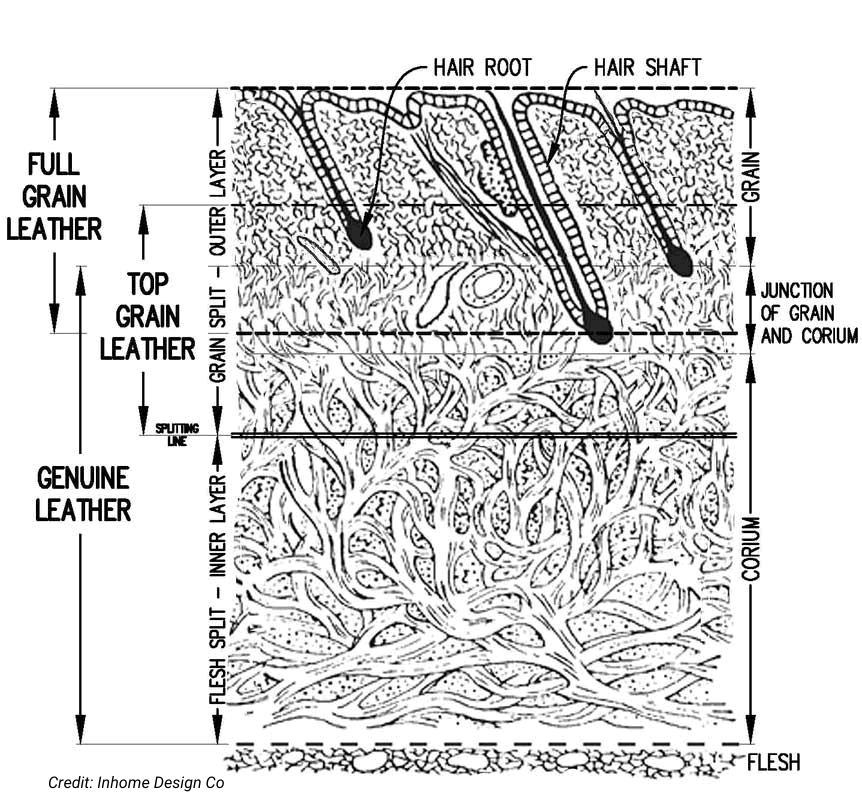
The Grades
Full Grain Leather
For high end, top of the line leather quality the Full Grain is your go to!
Full Grain Leather comes from the outermost layer of the hide, as it contains a dense amount of fibers. The fibers are what makes the leather obtain a finer grain. Known for its high durability, it’s no surprise that most high end brands and leather producers use Full Grain Leather in their products. This leather tends to have natural flaws as the only hair on the hide is removed leaving marks on the material.
Top Grain Leather
This leather is also cut from the top layer of the hide and is very similar to the Full Grain Leather.
Here’s what distinguishes the two apart; the Top Grain Leather has no natural flaws as it has undergone a sanding process. The leather usually ends up being sanded down or buffed on purpose in order to remove any natural markings. The sanding process makes it easy to dye or shape the leather. Nonetheless, Top Grain Leather is still considered to be high end leather.
Here’s what distinguishes the two apart; the Top Grain Leather has no natural flaws as it has undergone a sanding process. The leather usually ends up being sanded down or buffed on purpose in order to remove any natural markings. The sanding process makes it easy to dye or shape the leather. Nonetheless, Top Grain Leather is still considered to be high end leather.
Genuine Leather
Next up on the list is Genuine Leather.
Surely not the finest leather but the lowest quality of real leather you can make. It’s a cheaper, more affordable grade of leather than the other two previously mentioned above. Genuine Leather can be cut from any layer of the hide and then goes through either a sanding or buffing process to remove any natural flaws or marks on the hide.
Surely not the finest leather but the lowest quality of real leather you can make. It’s a cheaper, more affordable grade of leather than the other two previously mentioned above. Genuine Leather can be cut from any layer of the hide and then goes through either a sanding or buffing process to remove any natural flaws or marks on the hide.
Split-Grain Leather aka Suede
This leather isn’t as strong as the Full Grain or Top Grain Leather, however it still holds a valuable position in the leather world.
The Split-Grain Leather is cut from the lower layers of the hide. Here’s a fun fact, this leather gets its name from its cut, because the bottom material is used after splitting it from the hide. The leather material is very flexible, which is great as it permits more coloring and embossing options. Split-Grain Leather is also used to create the material suede.
The Split-Grain Leather is cut from the lower layers of the hide. Here’s a fun fact, this leather gets its name from its cut, because the bottom material is used after splitting it from the hide. The leather material is very flexible, which is great as it permits more coloring and embossing options. Split-Grain Leather is also used to create the material suede.
Bonded Leather
This phrase is often used as a way to describe a material that is made up of 10% - 90% of leather that is produced from several scraps of leather. Usually Bonded Leather is used as a filler material. The scraps are bonded together with either latex or polyurethane. With Bonded Leather the same quality isn’t always guaranteed like the other grades of leather. The reason is that each amount of leather varies completely with each Bonded Leather material. Bonded Leather is commonly reserved for furniture.
Leather Expert Talks
The Smell
Sniff out the authenticity.
Real higher quality leathers smell like leather. Period. Fake or lower quality leather will smell like plastic and chemicals. The only trick to it is that if the real or higher quality leather is colored or painted you should also calculate that into the smell.
The Pattern
Sometimes perfection isn’t perfect.
Full Grain leather will have a few imperfections within the leather and will have an inconsistent grain pattern. High quality leather will have some rough edges as well. Lower quality leather will appear perfect and have a consistent pattern, since it’s manufactured.
The Flexibility
Real vs Fake.
Real leather, more specifically the higher grades of leather are usually a lot stronger and a little rigid as opposed to fake leather. Over time the Full Grain and Top Grain leather will become more flexible. As the leather’s weight can also influence the thickness. Therefore, some high quality leather can be very soft. Fake leather will eventually become weaker and lose its structure overtime.
Leather Tanning Techniques
Mineral Tanning (Chrome Tanning)
Also known as Chrome Tanning, is considered to be the most efficient process for tanning. This process was created to increase leather production as the entire process takes about 24 hours to complete. The goal of Mineral Tanning is for the leather to preserve its color throughout its lifespan.
Vegetable Tanning
This organic method only uses natural tannins in the tanning process. As it uses tannin that occurs naturally within oak, chestnut, and/or mimosa trees to create the leather shades. This process is more expensive as it takes about 30 - 60 days to complete. Vegetable Tanning is not only aesthetically pleasing, but highly durable as well.
Natural leather is known to change overtime in appearance as it is exposed to elements. This change is known as Leather Patina, which is something that develops through everyday use. Leather Patina is sought after as it resembles high quality, uniqueness, and it tends to look better with age. A lot of people nowadays prefer their leather with a lot of character rather than no character at all (brand new) and this is where leather patina comes in.

